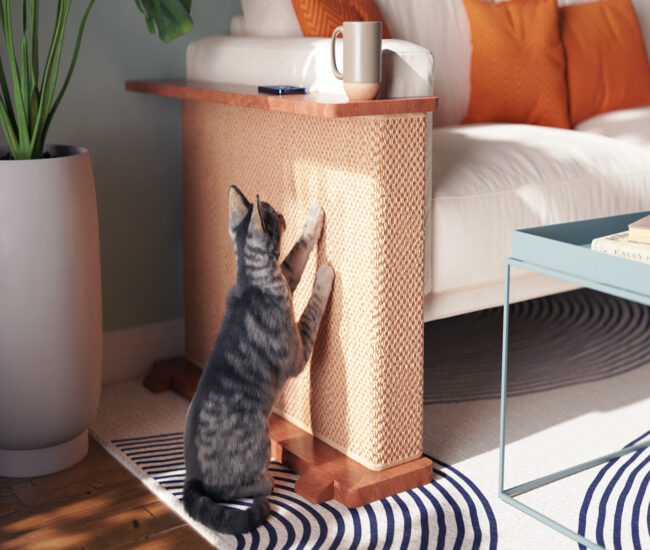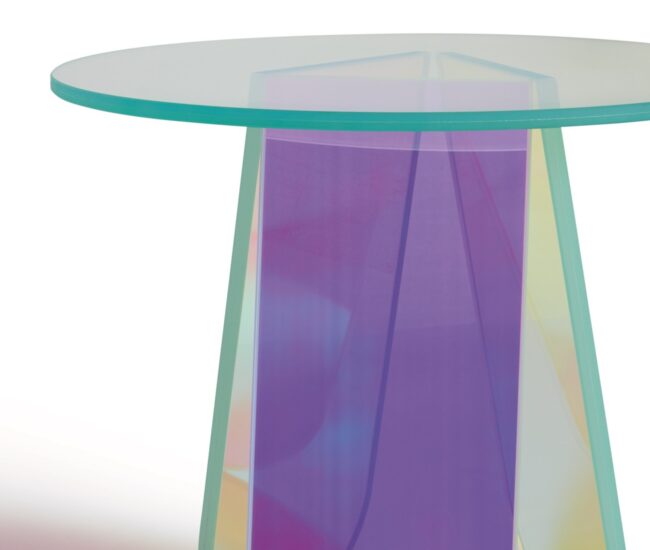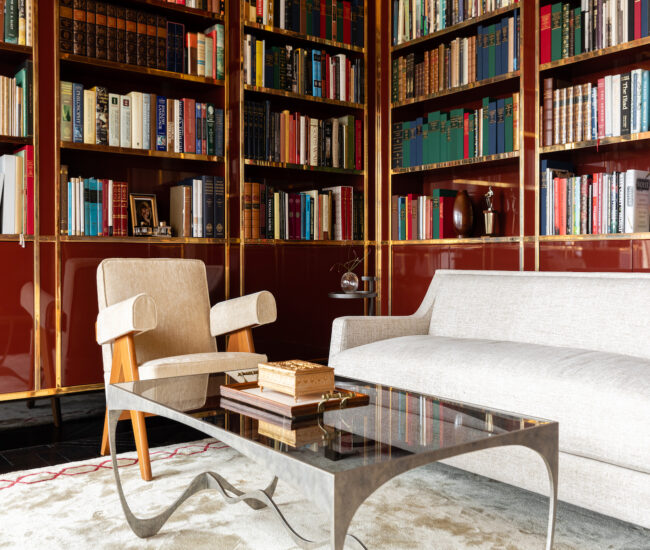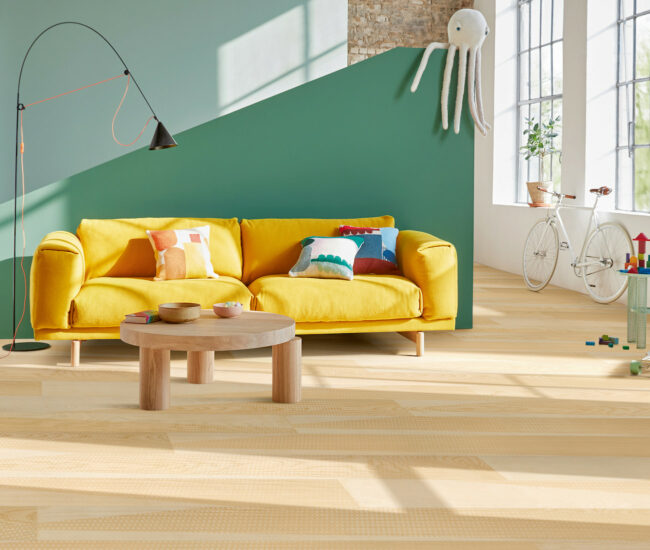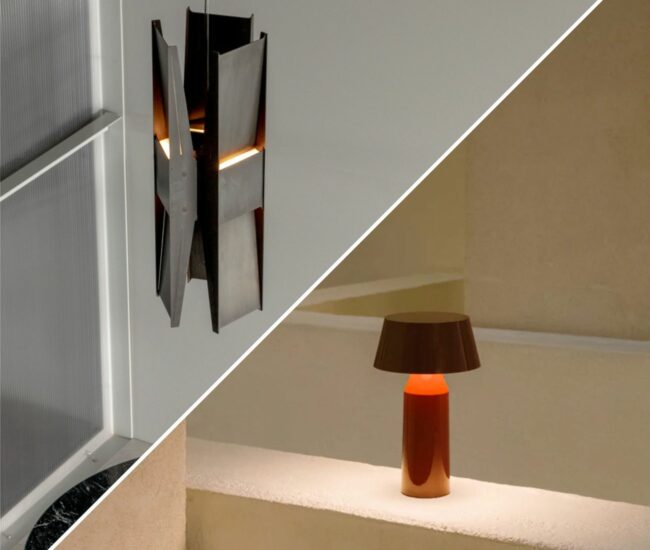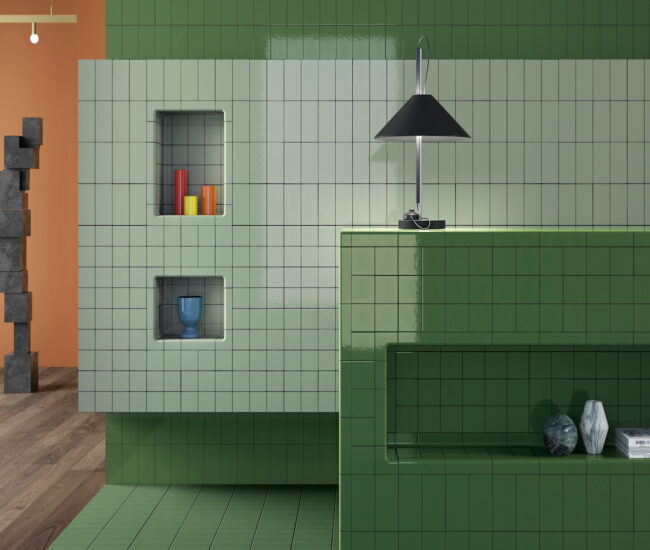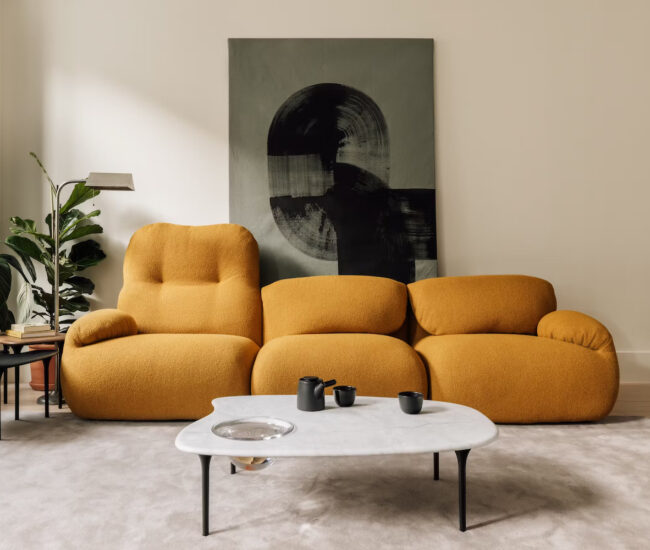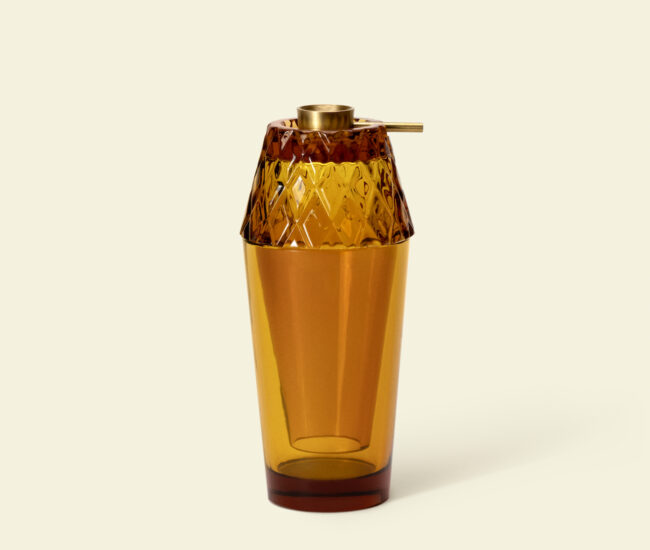Louis Poulsen Revives a Classic Lighting Design
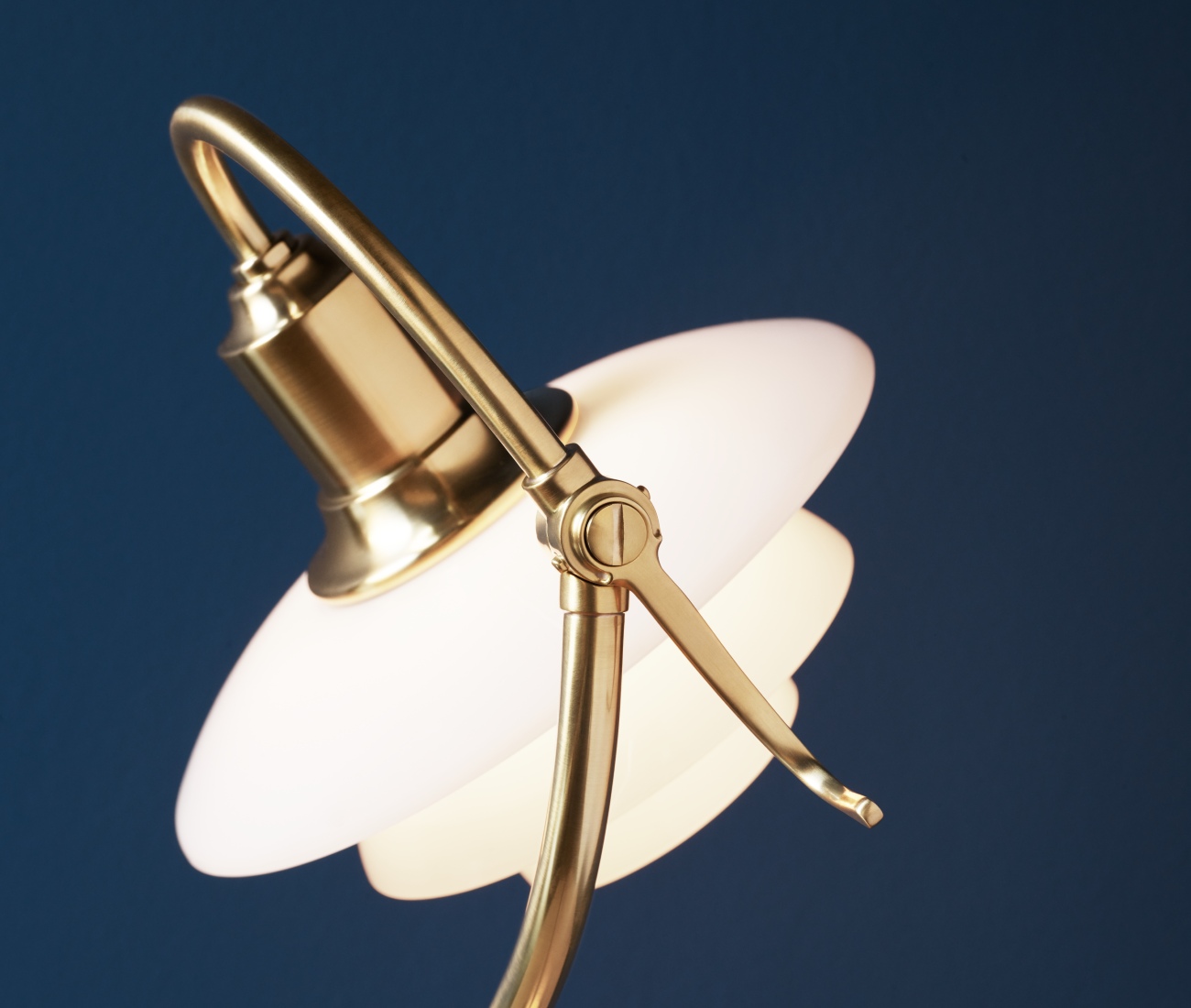
The Question Mark lamp, part of Poul Henningsen’s PH series, shows off the design’s iconic silhouette in perhaps its most elegant iteration
There’s perhaps no more recognizable lighting design than the PH series by Poul Henningsen. You know the one: its series of nestled shades, occasionally offset by others inverted above, is synonymous with Danish design. Part of that familiarity is a result of its longevity. Manufacturer Louis Poulsen first put the PH series into production in 1926 following its gold-medal showing at the 1925 Exposition Internationale des Arts Décoratifs et Industriels Modernes. The Danish government had asked for an entirely original design for its pavilion, saying “every copy or imitation of old styles will be barred from the exhibition.”
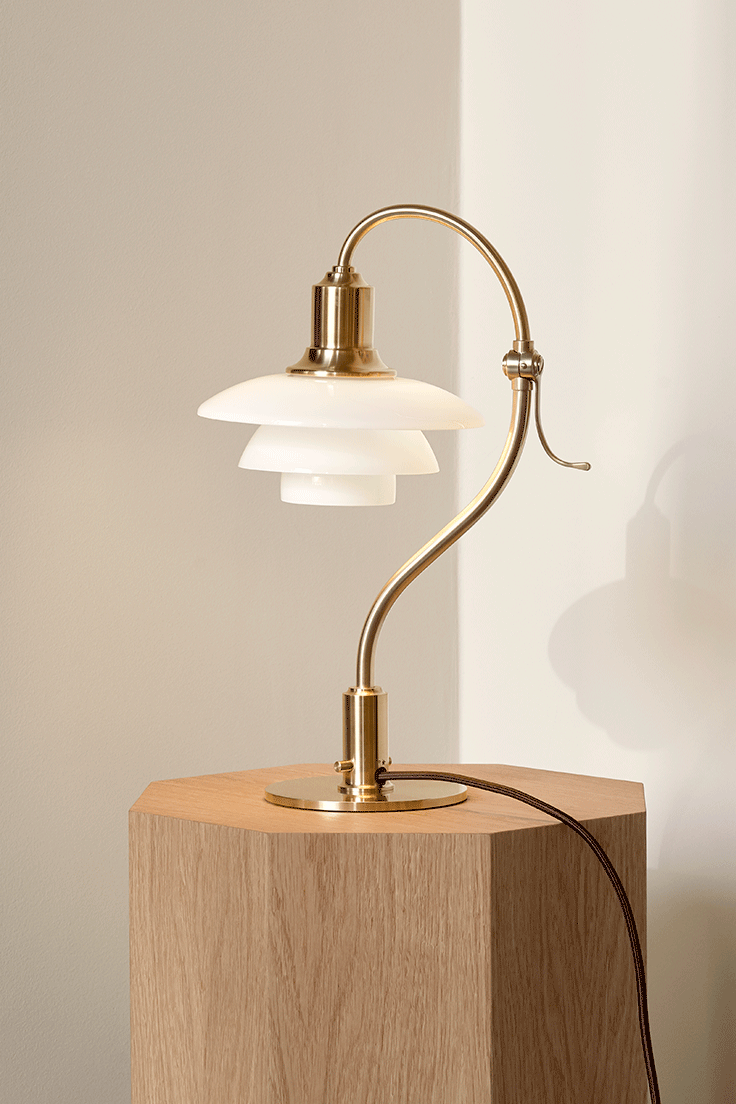
And so they – and the world – got one, but Henningsen didn’t arrive at his tiered design by accident. His famous shade system was arrived at logically, through study. “The aesthetic question of creating exactly the light that the individual room needs is solved by treating the underside of the shades differently,” Henningsen wrote in 1926. “They are produced in different grades from matte to half-matte, gathering the light and diminishing outwards on the shades. This allows you to control the sharpness of the shadow.”

To that end, the original PH series featured copper and glass shades; matte, frosted and translucent glass surfaces; and fittings in nickel, bronze and Bakelite. But the design was widely adapted – another factor explaining its broad recognition – perhaps nowhere better than in the PH 2/2 Question Mark lamp, designed in 1931. For all of Henningsen’s dispassionate calculation, few designs bear the 2/2’s artistry or elegance, which has been put back into limited produc- tion by Louis Poulsen. Little has changed: a brushed brass arm swoops outward and back onto itself, suspending the mouth-blown opal glass shades, the largest at 20 cm across, while a hinge and short stem at the apex of the curvature allows for the diffuser to be angled up to 45 degrees. The result is a lamp that emits a soft, inviting glow that’s never too harsh. It’s a true result of art and science. LOUISPOULSEN.COM

